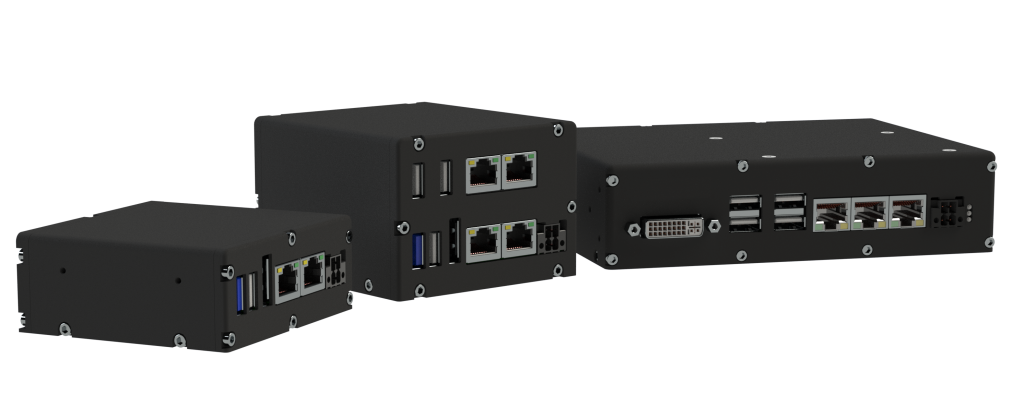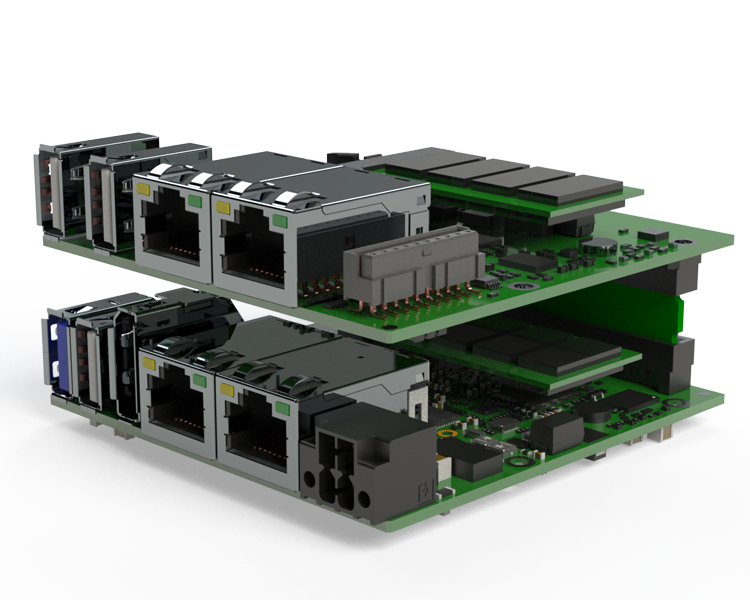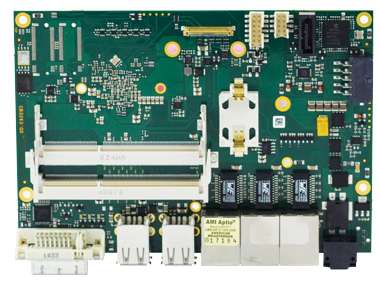
Increasing the connectivity among machines and assets in an industrial network such as servers, hubs and gateways, improves both the top and bottom line. However, there is significant risk in networking components that are part of mission-critical infrastructure for energy exploration or utilities. Access to a connected device can allow hackers entry into other connected devices. Worse, as infrastructures expand in size and complexity, they become even harder to defend.
Critical Infrastructure Cyberattacks are on the Rise
Utility grids around the world routinely face millions of hacking attempts daily and the number is going up. A cyberattack in 2015 caused a blackout in western Ukraine for hours. In 2019, hackers initiated the first cyberattack on an electricity grid on American soil. With a “denial-of-service” attack, these hackers temporarily disabled the control systems of grids in Utah, Wyoming and California.
Chemical plants are increasingly becoming targets. Since 2017, petrochemical plants in Saudi Arabia have been under repeated attacks; once hackers even tried to trigger an explosion. Recently, two U.S.-based chemical companies, Hexion and Momentive, reported a cyberattack incident.
According to industry executives, the scariest part is that hackers can do significant damage to critical infrastructure using just brute force attacks and a lot of time.
IIoT SBCs Face Growing Security Demands
First and foremost, critical infrastructure security should be ensured at the physical level. Only then can cybersecurity software protection at the virtual level be used effectively.
Access to the physical equipment in the industrial network can be controlled with physical security, surveillance cameras, multi-part password authentication or biometric authentication. Biometric authentication can include fingerprints, eye scans or facial recognition. Both video surveillance and biometric authentication involve image capture and analysis using IIoT embedded computing hardware.
The virtual security of a network can be ensured with vigilant and timely software updates and correct configurations.
Taking on security challenges, IIoT cybersecurity edge devices must collect, manipulate, analyze, and store multiple video data streams—and do so in the same harsh conditions in which industrial control systems (ICS) operate. Therefore, not only does the supporting IIoT cybersecurity hardware be able to tolerate the same harsh conditions, but it must also be compact for ease of installation, energy efficient, reliable and long-lived, and be able to scale as well.
ADL’s Embedded Solutions
ADL has developed products and solutions that meet these network and cyberthreat security demands and challenges. Our compact embedded systems and SBCs (single board computers) feature multi-port connectivity and enable video, image capture and analysis.
ADLEPC-1500, ADLEPC-1520 and ADLEPC-1600 are compact embedded systems that have Intel Atom® processors. They are rugged, have similar operational temperature ranges (up to -40 ºC to +70 ºC) and are configurable to different operating systems or specific software for gateways or routers.

The palm-sized ADLEPC-1500 comes with various mounting options and can easily be expanded with added I/O.
The modular ADLEPC-1520 has a stackable expansion connector, which features many interfaces including PCIe, USB, SATA, SMBus, and DisplayPort.
The low-profile ADLEPC-1600 is ideal for rugged IIoT applications with its LAN and 802.11 Wi-Fi cloud connectivity, USB and Gbps LAN ports.
Our edge-connect ADLE3800SEC, ADLE3900SEC and our 3.5-inch E3800HD / HDC series and E3900HD / HDC series (formerly codenamed Apollo Lake) are rugged Intel Atom® SoC-based compact SBCs optimized for Size, Weight, and Power (SWAP).

The edge-connect architectures enable easy customer-specific expansion for added functionality, features and integration.
Ability to use a single SBC across products and applications to provide stability of CPU, software, firmware and hardware revisions.
Custom expansion boards allow for a perfect fit of the overall solution. A flat, low profile and horizontal configuration could easily be built to different shapes, attached vertically or even stacked above the CPU (as shown in stacked image at the right).

ADLE3800HDC and ADLE3900HDC are lower I/O, lower-cost versions of the ADLE3800HD and ADLE3900HD with full display capabilities.
The ADLE3900HD / ADLE3900HDC offer a wealth of onboard features including a maximum resolution of 4K @ 60Hz with dual-display support.


